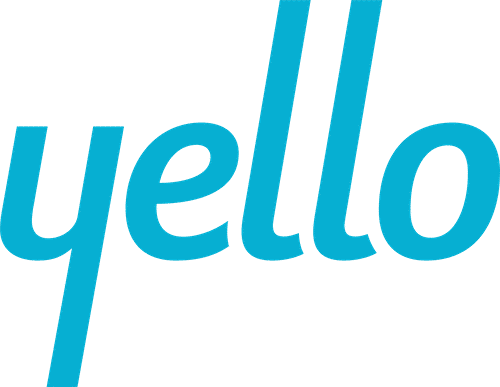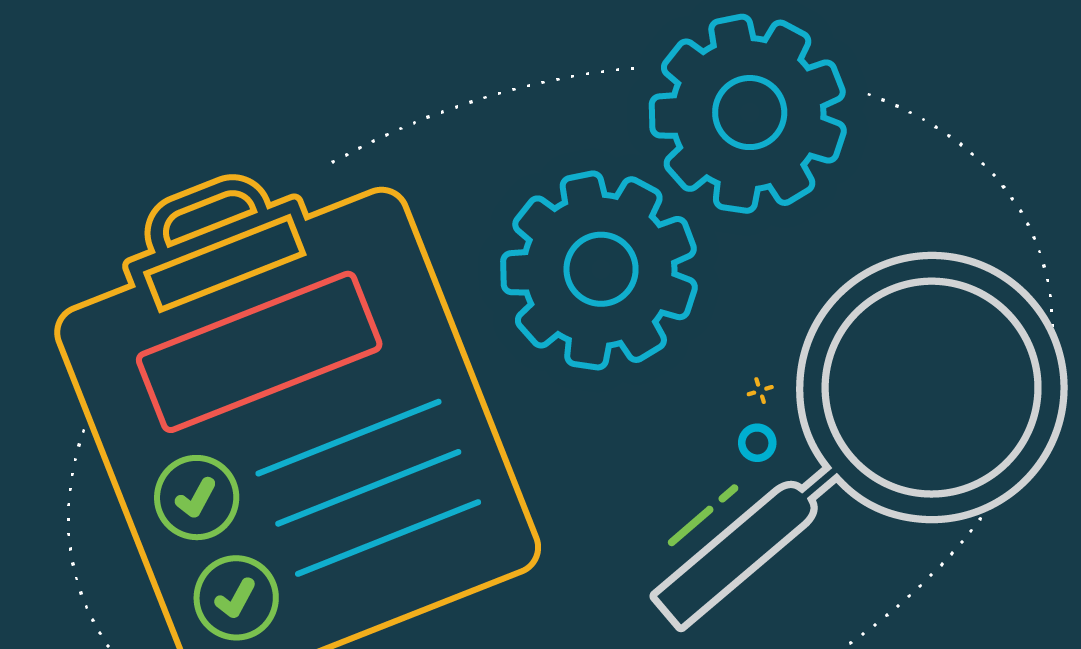You’ve found the perfect candidate, and now it’s time to turn them into a new employee. While bringing in a new teammate is exciting for recruiters and hiring managers alike, putting together an effective onboarding program can be quite a challenge. Coordinating schedules, planning training sessions and compiling the correct paperwork can be labor-intensive, and it’s not always easy to maintain consistency.
But as recruiters, we know that the first days and months of a new job are critical. Studies show that up to 30% of new hires will quit within the first 90 days of a new role, and poor employee onboarding is often to blame. In fact, one in three organizations report an onboarding program that’s informal, inconsistent or reactive.
An effective onboarding plan is crucial to ensure retention and minimize risk. The main goal for most organizations should be to ease the transition, show the new employee where they fit in today, and where they can go tomorrow. A great onboarding experience builds on new hire enthusiasm and momentum, and ultimately sets up the new hire for success.
Here’s why a successful onboarding program is so important, and how to create one of your own:
Why do HR teams need a new hire checklist?
It’s a given that every employee should receive an enthusiastic welcome that reflects a strong employer brand. But streamlining your onboarding program can have several positive effects beyond making new team members feel good. Here’s why having an employee onboarding checklist is so important:
Maximize your new hire ROI.
You’ve invested in sourcing and hiring a candidate, but your work isn’t done yet. Arming your employees with the tools and training they need to succeed means your company’s workforce is better informed, more impactful and can ultimately drive business results.
Increase retention.
A study from Glassdoor found that companies with a strong onboarding process can improve new hire retention by 82%. Onboarding new employees properly helps them gain on-the-job training, understand company policies, and seek mentorship opportunities. These initiatives not only prepare new team members for the work ahead, but give them a sense of belonging (and a reason to stay).
Ensure consistency.
Creating a new hire onboarding checklist levels the playing field for each team member at your organization. Maintaining a consistent checklist gives all new hires a common understanding of business objectives, company culture, employee expectations and more.
Provide a positive employee experience.
More and more companies are focused on providing a positive candidate experience. But does your candidate experience match your employee experience? If you’re rolling out the red carpet for job seekers, you should do the same for your employees throughout their tenure — and that starts with a successful onboarding program.
“Some companies spend a lot of effort giving candidates a white glove experience, where everything goes smoothly and they only see the best parts of the office and everybody’s happy to see them. And I say, that’s great if your company is that way. But what if the candidate experience doesn’t match the employee experience?”
James Ellis, employer branding expert
What kind of onboarding checklist works best?
An onboarding checklist can be as basic as a written form or an online document that’s accessible to multiple team members who can check off their individual items. When creating your checklist, consider how many people will be involved in the onboarding process. For large onboarding teams, an online document may be easier for people to find their tasks and check them off as completed.
For teams with high-volume hiring needs, onboarding software might be a worthwhile investment. There are several options available to help both human resources teams and hiring managers plan and execute employee training.
Who is responsible for the onboarding checklist?
Even the most complete onboarding checklist won’t be useful unless it’s followed. Assign a “project manager” on the human resources team to manage all things onboarding. For large companies, this may be the Director of Learning & Development or a Recruitment Operations Coordinator. For smaller companies, it might be a recruiter or the hiring manager.
Whoever you choose should be responsible for assigning tasks to stakeholders, coordinating training sessions with hiring managers, upholding deadlines and completing paperwork. They should also serve as a resource for new hires, answering questions and providing important tools throughout the process.
Review the checklist regularly throughout the first week, month and quarter until everything has been completed.
Who else needs to be involved in the onboarding process?
Before you finalize your checklist, determine who needs to be involved in the process of onboarding new hires. Important roles may include:
- Head of Human Resources
- Recruitment coordinator
- Head of Learning & Development
- Hiring manager
- Other team members who will work closely with the new hire
- IT team
Of course, HR will play a large role in coordinating paperwork, overseeing the onboarding schedule and communicating company values and culture. Department managers and supervisors will also have tasks to complete, like setting up accounts, calendar invites, introductions and training. Other team members may also be asked to participate in welcome lunches, team events and other meetings.
Don’t forget about the IT team as well. They’ll need to set up email accounts, issue equipment and set temporary passwords.
How much time should onboarding take?
As soon as an employment offer is accepted, your onboarding process should begin. The timeline and length of onboarding will vary based on the new hire’s needs. At minimum, plan on 30 days to offer a smooth transition and complete basic training.
“An employee’s performance at the end of the first year will prove if they’re fully productive. Now you can plan for future development. Show them what their career looks like at the company.”
Ben Peterson, CEO, BambooHR
If extensive training is needed or your organization is large, the onboarding process could take several months or more. In fact, many leading HR professionals agree that the full onboarding process takes about a year. The aim is to transition the new hire from trainee status to independence: how long that normally takes determines the length of the onboarding process.
Important elements of a new hire onboarding checklist
Yes, onboarding includes a lot of paperwork. But it’s about a lot more than setting candidates up with the proper employee benefits and tech equipment. A truly effective onboarding plan includes:
1. Employee welcome
- Email notifications to team members and department heads
- Welcome email to new hire from hiring manager
- First-day instructions sent to new hire (where to go, what time, security details, what to bring, what to wear, etc.)
- Welcome care package sent to employee
2. Workspace prep
- Assign a desk and provide basic work supplies (pens, notebook, etc.)
- Computer and tech setup by IT team
- Welcome sign and swag on employee’s desk
3. First day introductions
- Team lunch
- Intro meetings with key team members
4. Benefits discussion
- Review which benefits are available
- Explain sign-up and other key details
5. Company culture overview
- Share the employee handbook
- Review workplace norms (office hours, PTO policies, lunch breaks, common area rules, etc.)
- Give an overview of employee resource groups and how to join
6. Job training
- Provide a 30/60/90 day plan
- Set up meetings with all stakeholders
- Ensure training in both hard and soft skills
- Sponsor certification programs if needed
7. Frequent check-ins
- Schedule 30/60/90 day check-ins with the HR team
- Assess what’s going well and what could be improved
- Ensure new hires have a weekly or bi-weekly 1:1 meeting set with their manager
8. Mentorship opportunities
- Assign a “buddy” for all new hires to ask questions and have a go-to resource in their first year
- Pair new hires with a mentor who can offer career guidance throughout their tenure (not their direct manager)
An onboarding checklist can help you turn a new hire into a successful, long-term employee. Building on the excitement of a new job with an enthusiastic, positive onboarding experience may be key to attracting top talent and retaining them for the long-term.



